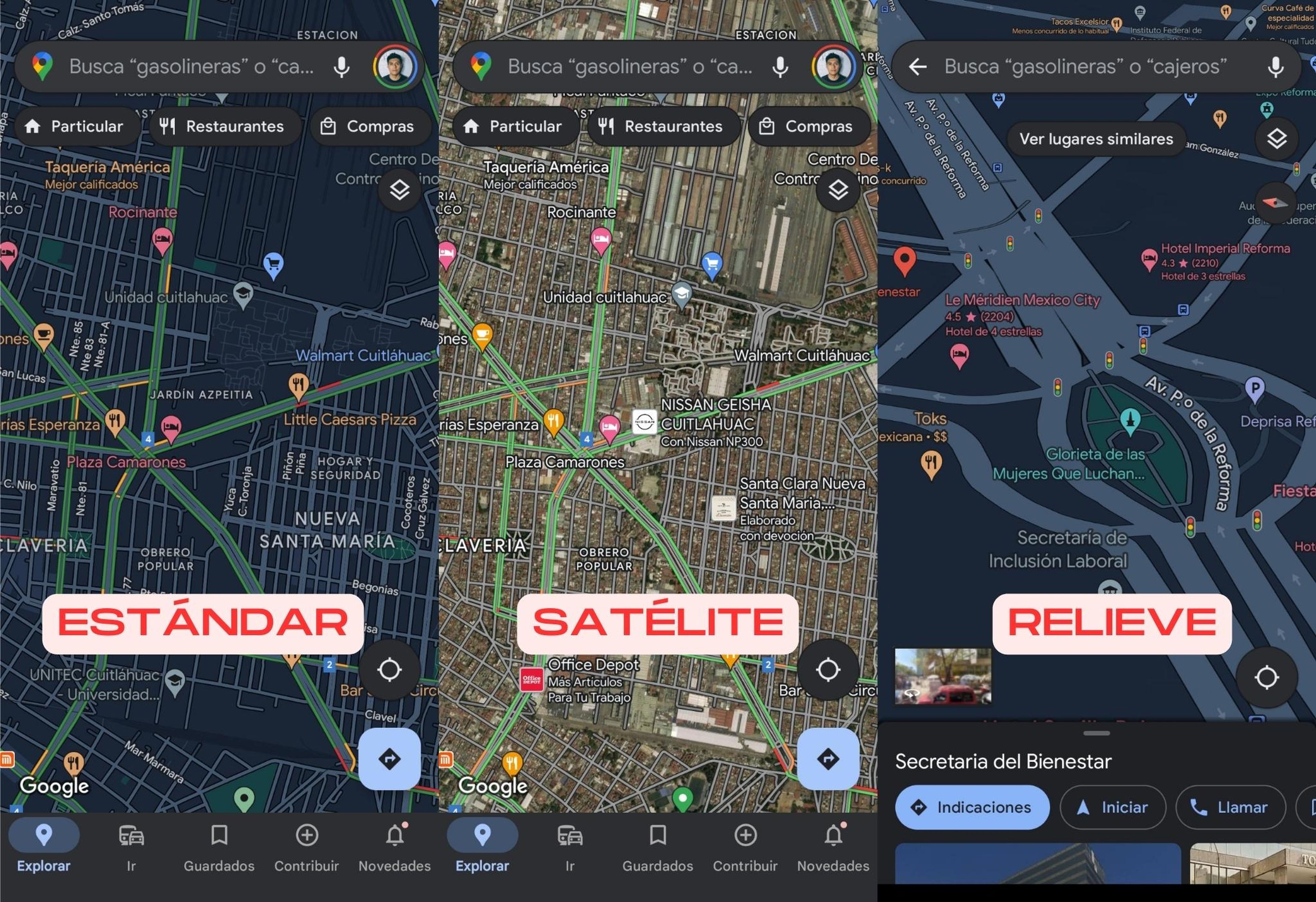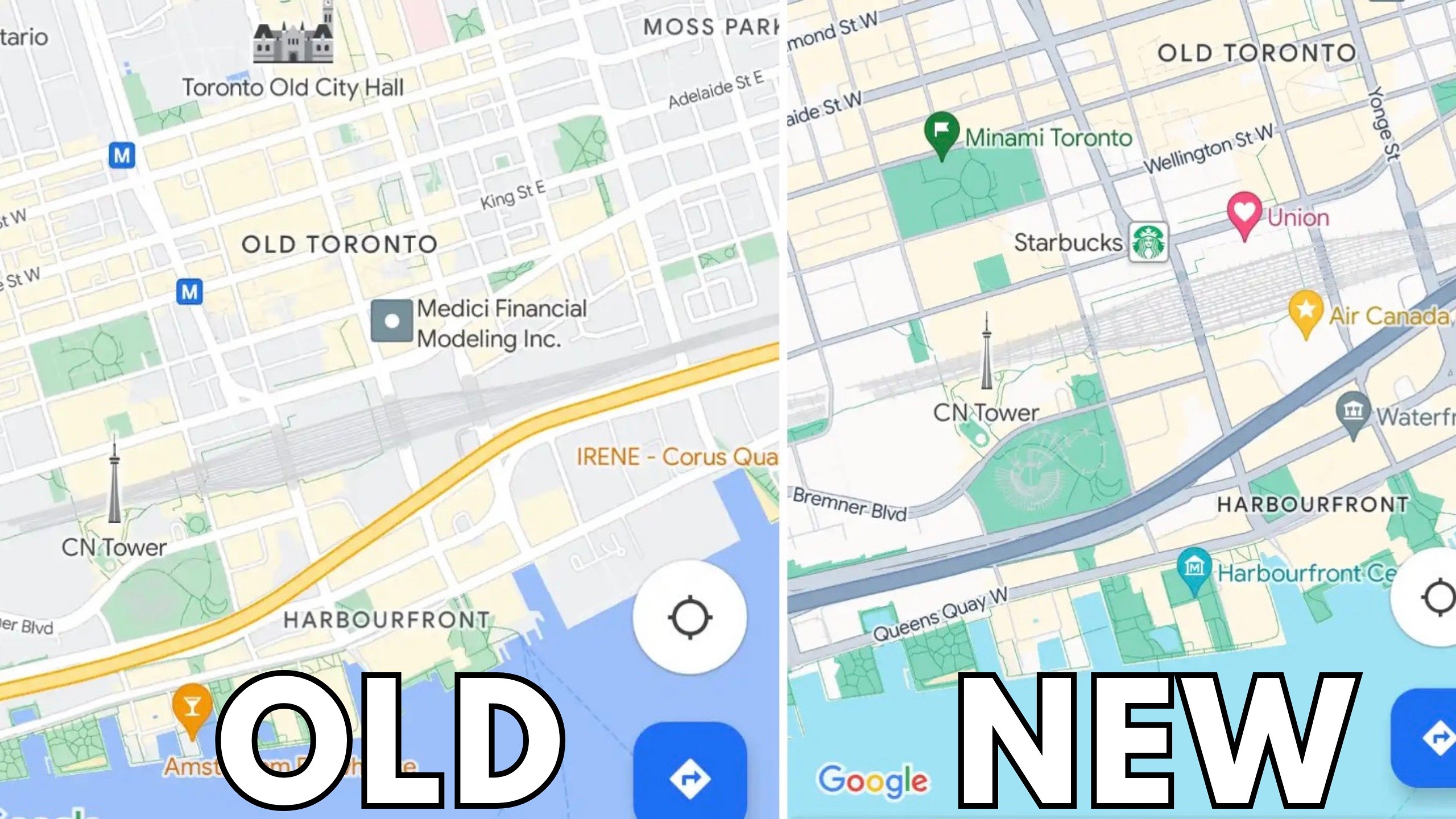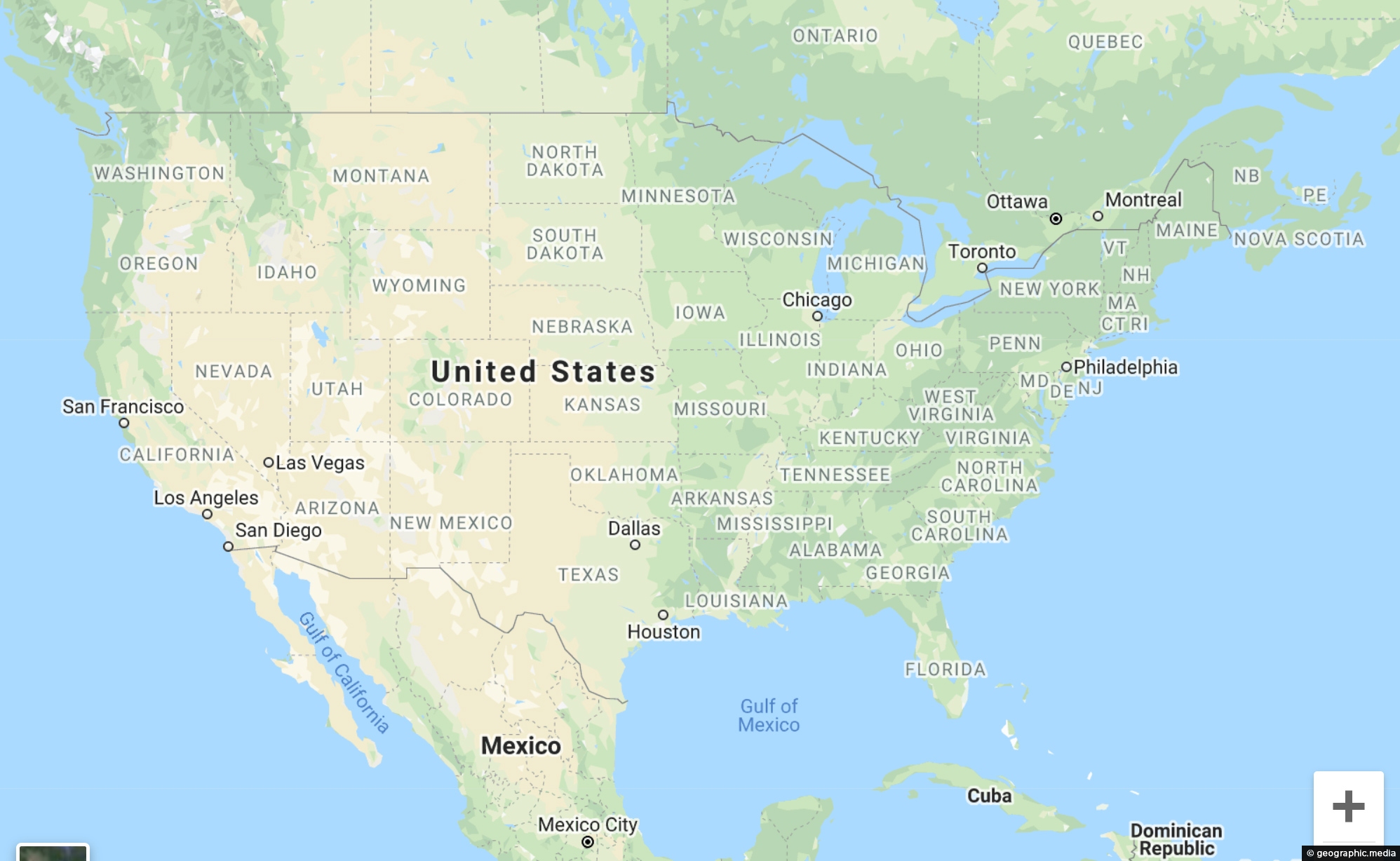
Navigating the Living Map: An Immersive Journey Through the Navajo Nation
Forget abstract lines on a page; imagine a map that breathes, a landscape imbued with centuries of history, culture, and an unwavering spirit. For the intrepid traveler seeking to connect with the profound legacy of America’s Indigenous peoples, there is no destination more evocative than the Navajo Nation, or Diné Bikéyah as it’s known to its people. Spanning over 27,000 square miles across Arizona, Utah, and New Mexico, this isn’t merely a tourist destination; it is a sovereign nation, the largest tribal land in the United States, offering an unparalleled opportunity to traverse the living map of a specific Native American tribe and understand their enduring connection to their ancestral lands.
To truly grasp the significance of the Navajo Nation, one must first appreciate its sheer scale. It is larger than ten U.S. states, a vast expanse of high desert, towering mesas, deep canyons, and ancient arroyos. Driving through its boundaries, you immediately sense a shift – a feeling of entering a distinct realm where the land speaks volumes. This is not just a scenic backdrop; every rock formation, every sand dune, every winding river holds stories, ceremonies, and the indelible imprint of the Diné people, who have called this rugged beauty home for generations. This physical vastness directly mirrors the "maps" of tribal territories, not as historical relics, but as a vibrant, living present.
Our journey into this living map begins, for many, with the iconic Monument Valley Navajo Tribal Park. Often described as one of the most photographed places on Earth, its towering sandstone buttes and mesas rise dramatically from the desert floor, creating a landscape that feels both otherworldly and profoundly ancient. But Monument Valley is far more than a backdrop for Western films; it is the spiritual heartland of the Diné. As you stand amidst the Mittens, Merrick Butte, and the Totem Pole, you’re not just observing geological wonders; you’re witnessing formations that are integral to Navajo cosmology and oral traditions. The silence, broken only by the whisper of the wind, carries the echoes of countless generations.

While the park offers a scenic drive, the most authentic and enriching experience comes from hiring a local Navajo guide. These guides, often lifelong residents of the valley, possess an intimate knowledge of the land, its history, and its sacred sites. They can take you beyond the paved roads, into areas inaccessible to private vehicles, sharing stories of creation, traditional plant uses, and the significance of specific rock formations in a way that no guidebook ever could. They bridge the gap between observer and participant, transforming a visual spectacle into a deeply personal and educational journey. You learn about the resilience of their people, their deep reverence for the land, and how the landscape itself served as a guiding "map" for their ancestors, dictating movement, resource gathering, and spiritual practices.
Moving eastward, another crucial waypoint on this living map is Canyon de Chelly National Monument. Unlike Monument Valley’s stark, open vistas, Canyon de Chelly (pronounced "de-shay") is a labyrinthine network of steep-walled canyons, where the Navajo continue to farm and herd sheep on the canyon floor, much as their ancestors have for centuries. Here, history is etched into the very cliffs, with hundreds of Ancestral Puebloan cliff dwellings and petroglyphs dating back over 2,500 years. The White House Ruin, Spider Rock, and Antelope House are just a few of the ancient sites that bear witness to the successive cultures that have inhabited these sacred spaces.
The uniqueness of Canyon de Chelly lies in its co-management by the Navajo Nation and the National Park Service. While you can view the canyon from several overlooks along the rim, descent into the canyon floor is strictly limited and requires a Navajo guide or ranger. This regulation is not merely for safety; it is a profound act of cultural preservation and respect for the living community within the canyon. Trekking or horseback riding with a Diné guide into the canyon is a transformative experience. They point out the ancient ruins, explain the significance of the pictographs, and share stories of their families who still reside there. You learn about the tragic "Long Walk" of the Navajo and their eventual return, imbuing the already stunning landscape with a powerful narrative of resilience and unwavering connection to place. The canyon becomes a multi-layered map, showing not just ancient habitation but continuous occupancy and cultural evolution.
Beyond these iconic natural wonders, a visit to Window Rock, the capital of the Navajo Nation, offers a vital understanding of contemporary Navajo life and governance. Named for a large natural arch in the sandstone, Window Rock is home to the Navajo Nation Council Chambers, the Executive and Judicial Branch buildings, and the Navajo Nation Museum. Here, you can delve deeper into Navajo history, art, and the complex structure of tribal government. It’s a place to witness the ongoing efforts to preserve language, promote education, and manage the vast resources of the nation, providing a crucial context for the landscapes you’ve explored. It highlights that the "map" is not just about historical territory but about a thriving, self-governing people in the present day.

Further cultural immersion can be found in the many trading posts scattered throughout the Nation, such as Hubbell Trading Post National Historic Site, where you can find authentic Navajo rugs, jewelry, and pottery directly from the artisans. Sampling traditional Navajo cuisine, like Navajo tacos or fry bread, offers another delicious layer of cultural understanding. Engaging with local artists and craftspeople provides insight into the enduring traditions of Diné artistry and economic self-sufficiency. Each interaction, each purchase, contributes directly to the local economy and supports the continuation of these invaluable cultural practices.
Understanding the Navajo Nation as a "living map" also means acknowledging the concept of sovereignty. This is not simply a picturesque land; it is a distinct nation with its own laws, government, and cultural protocols. Travelers are guests on tribal lands, and respectful behavior is paramount. This includes staying on marked trails, asking permission before photographing individuals, avoiding sacred sites unless explicitly invited, and adhering to tribal laws (e.g., alcohol restrictions in many areas). By doing so, you demonstrate respect for the Diné people and their ancestral domain, fostering a positive exchange that goes beyond typical tourism. The "map" here includes political boundaries and cultural injunctions.
Planning your journey requires forethought. A car is essential for navigating the vast distances, and a good map (yes, a physical one!) is invaluable, as cell service can be spotty. Accommodations range from chain hotels in border towns like Gallup, NM, or Kayenta, AZ, to more unique experiences like staying in traditional hogans (circular, often dome-shaped dwellings) offered by local families. The best times to visit are spring and fall, when temperatures are milder. Always check the official Navajo Nation Parks and Recreation website for current conditions, permits, and specific regulations for tribal parks and monuments. Supporting local Navajo businesses, especially for tours, crafts, and food, ensures that your travel dollars directly benefit the communities you are visiting.
Ultimately, a journey through the Navajo Nation is more than just a sightseeing trip; it is an educational pilgrimage. It challenges conventional notions of travel, urging you to look beyond the surface and engage with a vibrant, resilient culture deeply rooted in its ancestral land. You leave not just with stunning photographs, but with a profound understanding of the Diné people – their history, their struggles, their triumphs, and their unbreakable bond with Diné Bikéyah. It’s an experience that transforms static lines on a historical map into a dynamic, living narrative, inviting you to walk in the footsteps of a specific Native American tribe and truly see, feel, and understand the soul of their nation. It is a map not just to navigate, but to comprehend.



